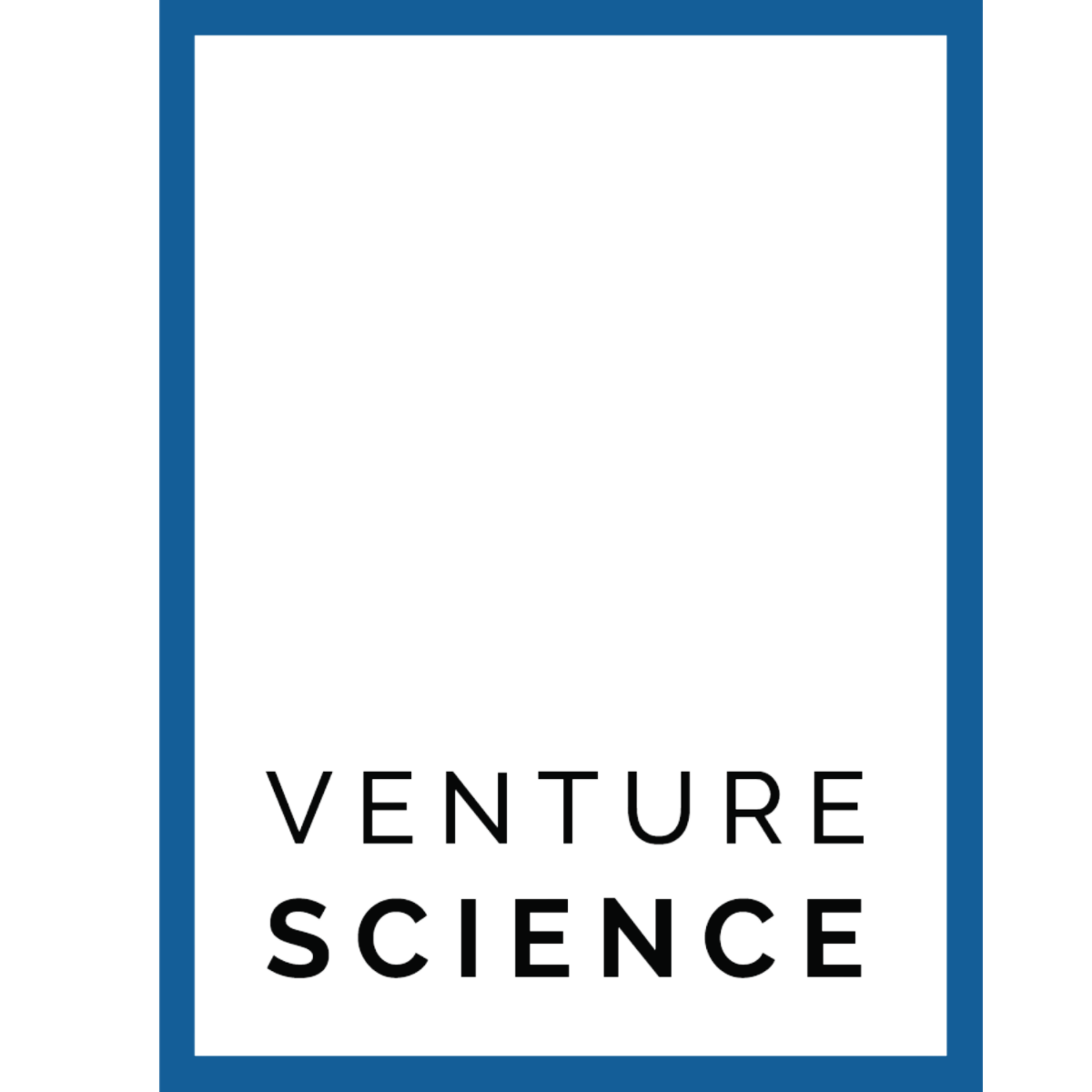The AI boom has driven historic gains for Big Tech, with companies like Nvidia, Microsoft, and Alphabet leading the charge in artificial intelligence innovation. These firms have built the infrastructure, the models, and the market momentum to make AI an essential part of nearly every industry. But as AI moves from hype to real-world applications, investors should look beyond the stock price fluctuations of tech giants and focus on where AI is making the biggest long-term impact—and that’s in life sciences and healthcare.
While Big Tech deserves credit for building the foundation for AI—through cloud computing, semiconductors, and research breakthroughs—its applications in drug discovery, precision medicine, and biotech are where we’re seeing some of the most transformational and high-value innovations.
Tech’s AI Boom: The Engine Powering Innovation
Tech companies have played a critical role in AI’s evolution. Nvidia’s GPUs power nearly every AI model, Microsoft’s cloud infrastructure fuels AI-driven research, and Google DeepMind’s AI breakthroughs have reshaped industries from pharmaceuticals to materials science. Without these advancements, AI would still be a niche research project, rather than the world-changing force it is today.
But with these firms deeply invested in AI, a natural question arises: Where will the next wave of real, lasting value emerge? While AI’s impact on search engines, digital advertising, and automation is significant, some of its most profound breakthroughs are happening in life sciences and healthcare—where it has the potential to save lives, accelerate drug development, and reshape the medical landscape.
AI’s True Disruption: Life Sciences & Healthcare
As we’ve seen with past technological revolutions, the initial wave of investment often favors platform builders—companies that create the tools, infrastructure, and frameworks for innovation. But the next wave of value creation occurs when industries begin applying that technology to solve critical problems. AI in life sciences is one of the clearest examples of this shift.
1. AI-Powered Drug Discovery
One of the biggest challenges in pharmaceuticals is the time and cost of bringing a drug to market. On average, it takes 10-15 years and billions of dollars to develop a single drug. AI is poised to dramatically reduce both the cost and the timeline.
DeepMind’s AlphaFold cracked the protein-folding problem, an achievement that had eluded scientists for 50 years, revolutionizing drug research.
Insilico Medicine and Recursion Pharmaceuticals are designing novel molecules with AI, compressing the discovery timeline from years to months.
Moderna and Pfizer used AI-driven insights to accelerate the development of mRNA vaccines, showing how AI can transform real-world medical challenges.
These are not theoretical advancements—they’re real, applied breakthroughs that are already saving lives and improving efficiency across the industry.
2. Personalized Medicine & AI-Driven Diagnostics
AI is making medicine more precise and individualized than ever before. With machine learning, doctors can tailor treatments based on a patient’s unique genetic makeup, medical history, and predictive analytics.
AI-powered genomics can identify personalized cancer treatments, improving survival rates.
Companies like Tempus and PathAI are using AI for early cancer detection, significantly improving diagnostic accuracy.
AI-assisted medical imaging is helping radiologists detect diseases earlier and more accurately, reducing misdiagnoses.
This shift toward AI-enhanced diagnostics and precision medicine will fundamentally change healthcare, improving patient outcomes while reducing costs.
3. Optimizing Biotech Operations & Clinical Trials
Beyond direct medical applications, AI is transforming how biotech companies operate, from supply chains to clinical trials. The traditional clinical trial process is expensive and inefficient, but AI is changing that by:
Identifying the right patients for trials, making them more effective.
Predicting trial outcomes to reduce costly failures.
Automating regulatory compliance, cutting down administrative overhead.
AI-driven optimizations could save pharmaceutical companies billions annually, getting life-saving treatments to market faster.
What This Means for Investors
For investors, the key takeaway is not an either/or choice between Big Tech and life sciences, but rather an understanding of where AI will have the most enduring impact.
Big Tech has built the AI engines, and companies like Nvidia, Microsoft, and Alphabet will continue to be essential players in the AI economy. But the next phase of AI’s value creation will be in the industries that apply it to solve major challenges.
AI’s largest real-world breakthroughs will likely come from life sciences, healthcare, and biotech—sectors that stand to benefit from AI’s ability to accelerate research, improve patient outcomes, and lower costs.
While tech stocks may experience volatility, AI’s role in transforming life sciences, healthcare, and biotech is just beginning. Investors looking beyond short-term AI hype cycles should focus on where machine learning is solving critical, high-value problems—not just driving Big Tech’s revenue growth.
The biggest investment opportunities may no longer be in who builds the AI models, but in who uses AI to cure diseases, extend human life, and redefine medicine as we know it.

